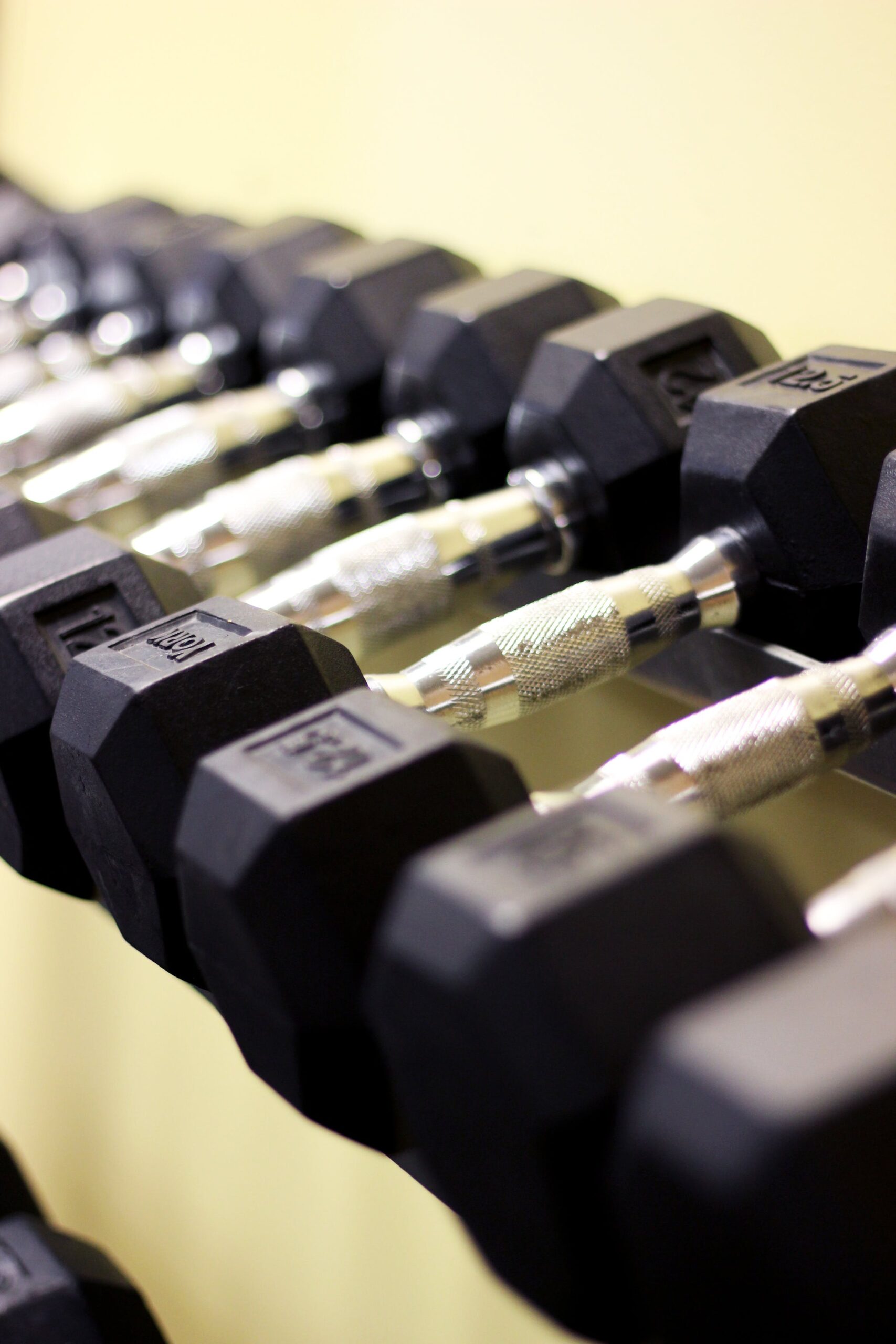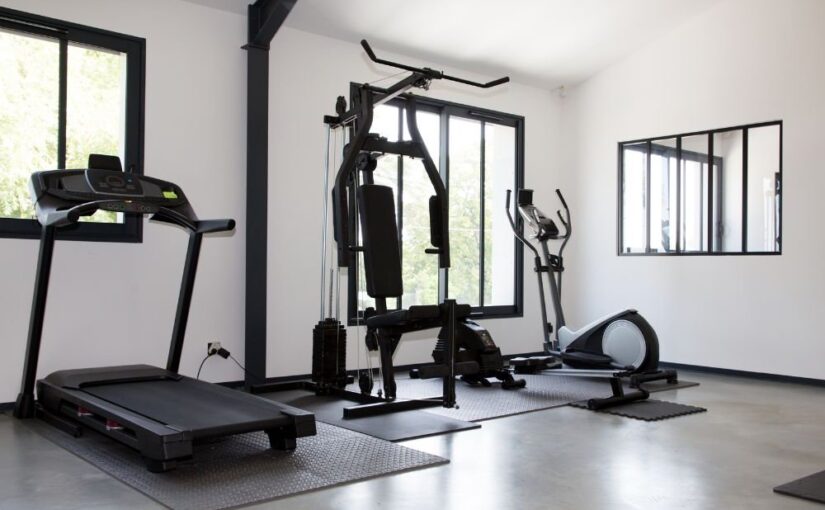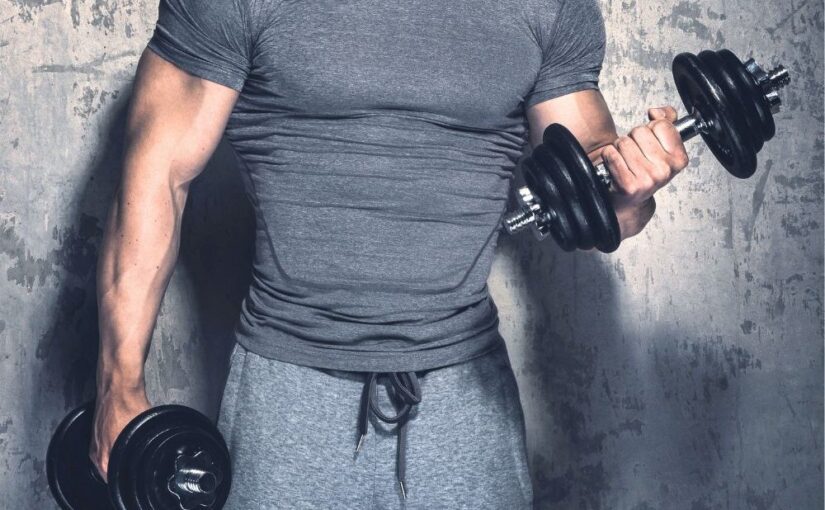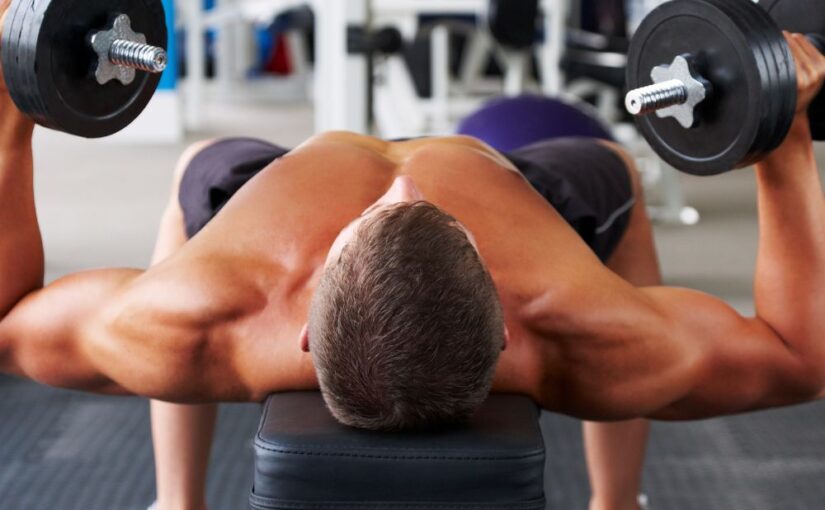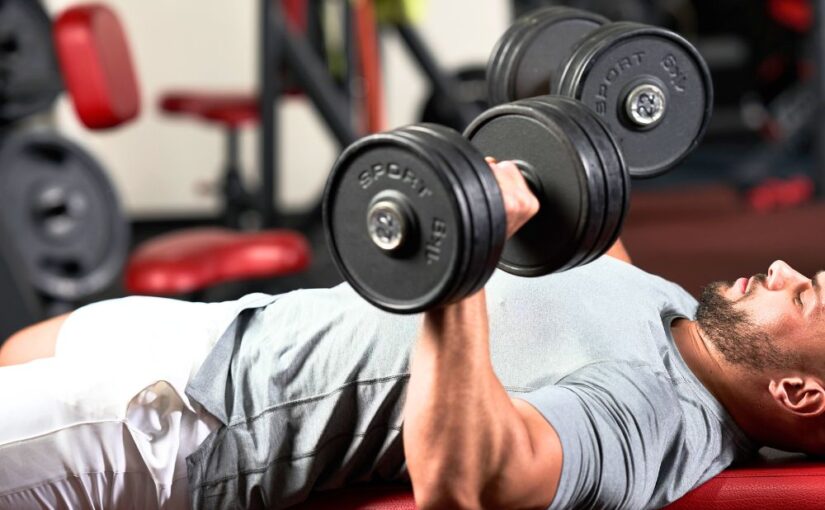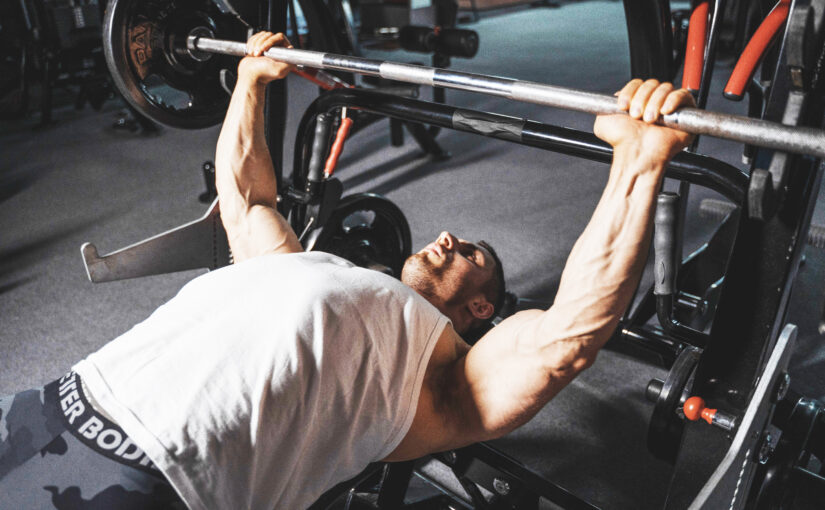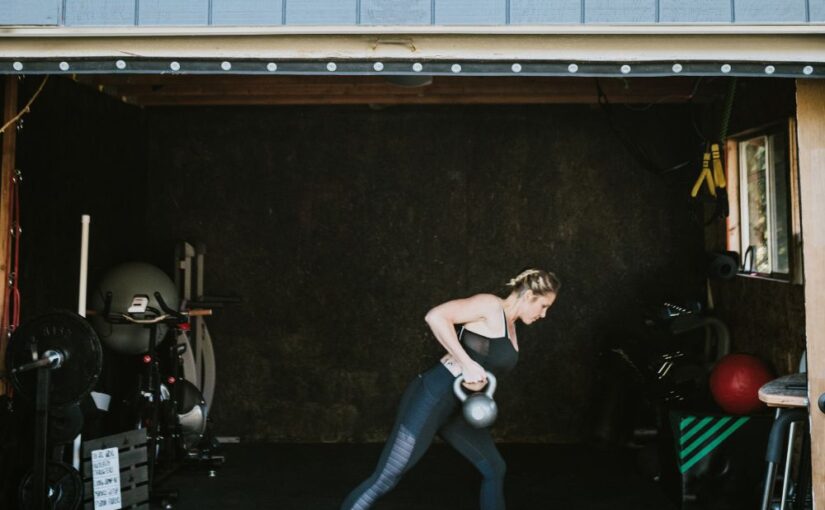Choosing the best brand for your home gym equipment can significantly improve both the quality and enjoyment of your workouts. With so many choices available, it’s essential to focus on brands known for thoughtful design, reliable performance, and innovative features. In this guide, we’ll explore the top brands for home gym equipment to help you make confident, informed decisions that align with your fitness goals, available space, and personal preferences.
Bowflex
Overview
Bowflex offers space-saving fitness machines that support multiple strength-building exercises in one compact setup. As a result, it’s a strong option for anyone working with limited room at home.
Key Products
- Bowflex Home Gym: Delivers a wide range of strength exercises with adjustable resistance in a single, compact design.
- Bowflex SelectTech Dumbbells: Replace several individual dumbbell sets, helping you save space and stay organized.
Why Choose Bowflex?
Bowflex equipment is reliable and versatile. Therefore, it’s a great solution for those building a full-body gym setup without unnecessary bulk.
Peloton
Overview
Originally known for its smart spin bikes, Peloton has expanded its offerings to include a full line of connected fitness equipment and on-demand classes. This helps maintain motivation when exercising at home.
Key Products
- Peloton Bike: Offers live and on-demand cycling classes led by experienced instructors.
- Peloton Tread: A treadmill that provides immersive cardio training through interactive coaching.
Why Choose Peloton?
If you enjoy guided, high-energy workouts with a community feel, Peloton can keep your training consistent and engaging.
Rogue Fitness
Overview
Rogue Fitness has built a reputation for professional-grade strength equipment that’s built to last. As such, it’s a favorite among athletes and serious lifters.
Key Products
- Rogue Barbell: Known for top-tier durability and smooth performance during heavy lifts.
- Rogue Kettlebells: Come in various weights and are made to withstand years of use.
Why Choose Rogue Fitness?
When you want strength training gear that performs under pressure, Rogue offers equipment designed for serious, long-term use.
NordicTrack
Overview
NordicTrack focuses on cardio equipment that blends functionality with technology. Consequently, it appeals to users who want personalized, interactive workouts.
Key Products
- NordicTrack Treadmills: Include iFit integration, offering goal-oriented and trainer-led sessions.
- NordicTrack Incline Trainers: Provide intense workouts by simulating challenging terrain.
Why Choose NordicTrack?
If variety and virtual coaching are important to you, NordicTrack delivers a well-rounded cardio experience enhanced by smart technology.
Life Fitness
Overview
Life Fitness brings commercial-level durability and performance into the home. Therefore, it’s well-suited for users who demand consistency from their equipment.
Key Products
- Life Fitness Treadmills: Designed for regular use, these machines balance durability with smart functionality.
- Life Fitness Multi-Station Gym: Supports a full range of strength exercises in one compact unit.
Why Choose Life Fitness?
Life Fitness is ideal for individuals looking to mirror a gym-quality experience at home with reliable and feature-rich equipment.
CAP Barbell
Overview
CAP Barbell provides budget-conscious users with essential, effective strength training gear. As a result, it’s a practical choice for beginners or those outfitting a basic home gym.
Key Products
- CAP Adjustable Dumbbells: Compact and affordable, perfect for small-space workouts.
- CAP Weight Plates: Durable and compatible with most standard home gym setups.
Why Choose CAP Barbell?
For those who want solid equipment without spending a lot, CAP Barbell offers reliable tools that get the job done.
Conclusion
Creating a functional and motivating home gym starts with choosing the right equipment. By focusing on the top brands for home gym equipment, you can ensure your investment pays off in terms of performance, durability, and user experience. Whether you value space-saving designs, connected technology, or professional-grade gear, these leading brands provide options for every training style and budget. Ultimately, your home gym should support your goals—and it all begins with choosing from the top brands for home gym equipment.
Frequently Asked Questions (FAQ)
Key factors include your fitness goals (strength, cardio, flexibility), available space, budget, and whether you prefer digital features like virtual classes or tracking capabilities.
Yes, some brands offer compact or multifunctional equipment designed for limited spaces. Consider foldable or adjustable equipment that allows for several types of exercises in a single machine.
Durability is important, especially if you plan to use the equipment regularly. Materials, weight capacity, and construction quality can affect how well the equipment holds up over time.
Not necessarily. While smart equipment can enhance motivation and offer guided workouts, traditional equipment can also be highly effective with a consistent training plan.
Yes, mixing equipment from different brands is common. It allows you to choose specific products that best meet your needs, regardless of the manufacturer.
Recommended Products from Top Brands for Home Gym Equipment
Below is a list of popular home gym products from the brands discussed in this article. These links are included for convenience and may help you compare options based on your specific needs and preferences.
| Product | Brand | Category | Link |
|---|
| Bowflex SelectTech 552 Adjustable Dumbbells | Bowflex | Strength Training | View on Amazon |
| Peloton Bike+ | Peloton | Cardio / Interactive | View on Amazon |
| CAP Barbell 7-Foot Olympic Barbell Pro Series | CAP Barbell | Strength Training | View on Amazon |
| NordicTrack Commercial 1750 Treadmill | NordicTrack | Cardio | View on Amazon |
| BowFlex SelectTech 840 Adjustable Kettlebell | Bowflex | All-in-One Home Gym | View on Amazon |
| CAP Barbell Adjustable Dumbbell Set | CAP Barbell | Strength Training | View on Amazon |
Affiliate Disclaimer
Some of the links in this section are affiliate links. This means that if you click on a link and make a purchase, we may earn a small commission at no additional cost to you. These commissions help support the content we create. However, our product selections are based on research and relevance to the topic and are not influenced by affiliate partnerships.

